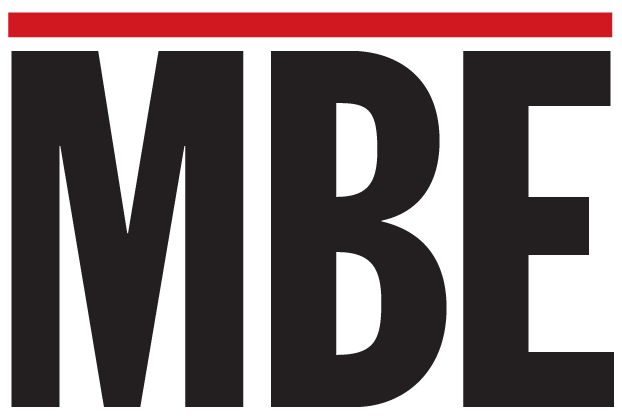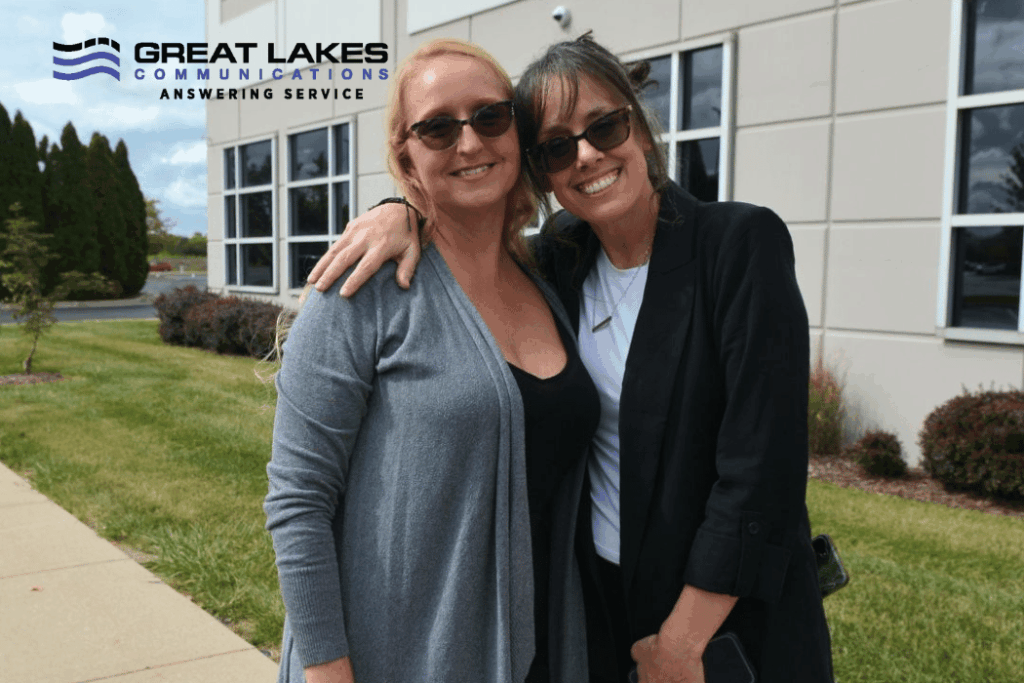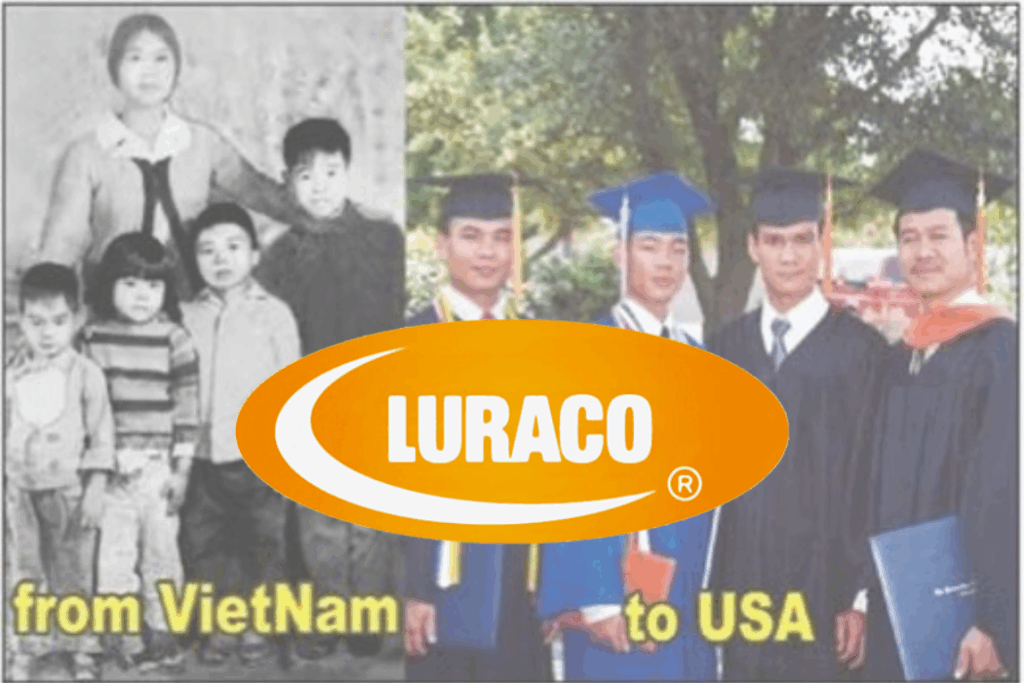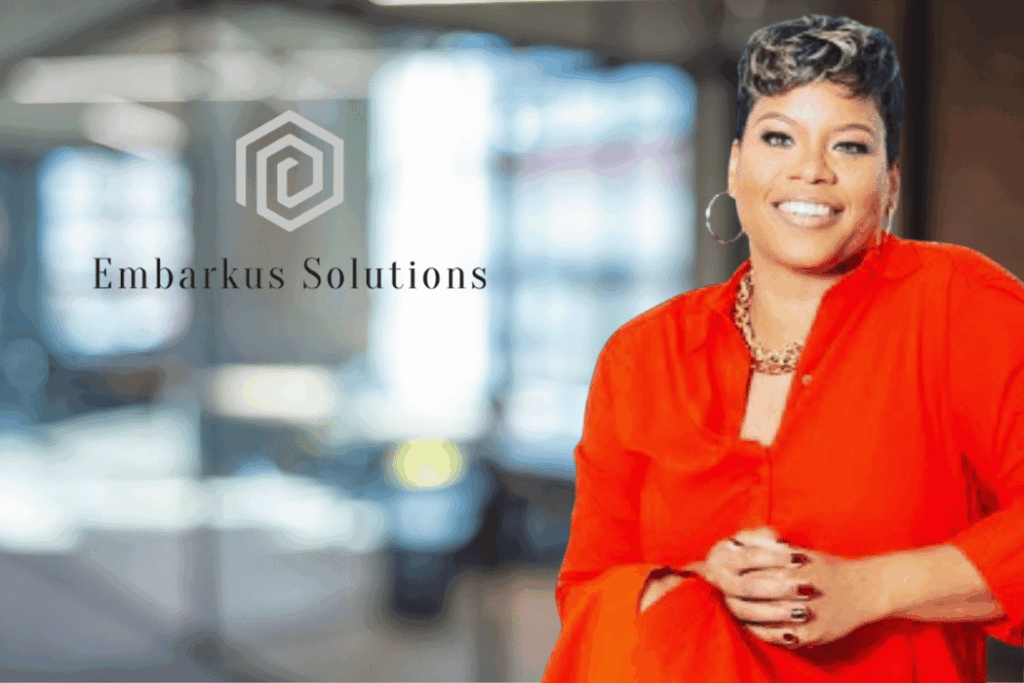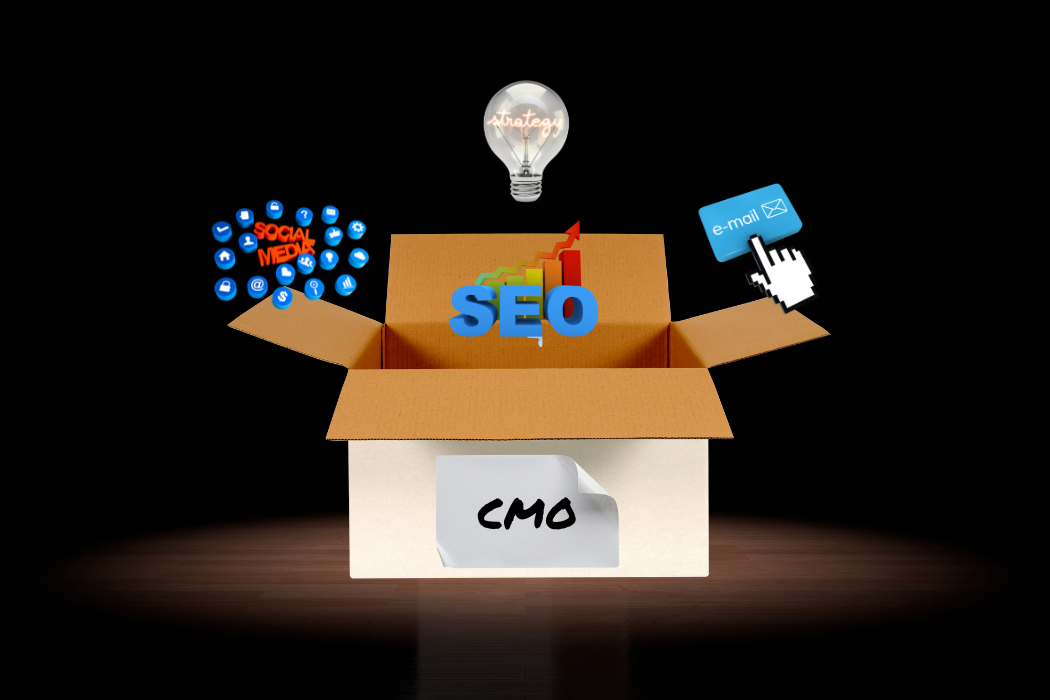
High Peaks Marketing founder Cynthia Irons revolutionizes small business marketing with her innovative CMO-In-A-Box approach, delivering executive-level strategy without the Fortune 500 overhead.
After 25 years navigating the corporate corridors of Fortune 500 companies, Cynthia Irons discovered a troubling pattern that would ultimately reshape her career and revolutionize how small businesses approach marketing. “I had been in huge companies, Fortune 500s, and then had spent a few years at a startup. And one of the things I noticed was how many startups around me were failing,” Irons recalls.
The culprit wasn’t lack of innovation or market demand—it was marketing investment. “One of the big reasons was they weren’t investing as much in their marketing. And it’s because a lot of small businesses, startups, growth type companies can’t afford a 10-person, 12-person team.”
This revelation sparked the creation of High Peaks Marketing in 2017 and birthed an innovative concept that’s leveling the playing field for small businesses everywhere: the CMO-In-A-Box strategy. “I really love the startup world. I love the small business world. I love the female founder world,” Irons explains. “I wanted to really get more comfortable and excited in my work, and I wanted to do something that I was passionate about.”
The Birth of a Game-Changing Strategy
The traditional marketing model of a large team employing a mix of methods and platforms presents a cruel paradox for small businesses. While Fortune 500 companies deploy teams of 10 to 12 marketing specialists—each focused on social media, email marketing, SEO, website optimization, and strategic planning—startups and small businesses face an impossible choice: hire an expensive full-time team they can’t afford or go without professional marketing altogether.

Irons recognized this gap and developed a solution that bridges the divide. “The CMO-In-A-Box model is really about delivering and executing executive-level marketing strategy without the overhead of that 10-person team,” she explains. “So, you don’t need a full time 10-person group, someone doing your social media, someone doing your email, someone doing your strategy, someone doing your SEO, your website. You hire me, High Peaks Marketing and my team, and we go in and we help founders really cut through the noise and the chaos by aligning their marketing goals with their numbers and what it is that they’re looking to achieve.”
This approach particularly resonates in the female founder space, where resource constraints often limit growth potential despite innovative products and services. The CMO-In-A-Box strategy democratizes access to sophisticated marketing approaches that were previously exclusive to well-funded corporations.
The Costly Trap of Shiny Object Syndrome
One of the most damaging mistakes Irons observes among small business owners is what she calls “chasing the shiny object”—constantly pivoting strategies in pursuit of the next marketing trend rather than optimizing existing efforts.
“I think the number one thing that I see small businesses doing is chasing that shiny object. It’s always about the next thing. ‘What else do I have to do?’ They’re constantly changing their strategy instead of sitting in the strategy, seeing what’s working and not working, and then course correcting,” Irons explains. “You don’t have to throw the strategy out and start new again. See what works and what doesn’t work.”
The consequences of this scattered approach are significant. “The biggest trap is chasing every single trend without a strategy and then launching, for example, five platforms, but then owning none,” she warns. “If you can focus in on what it does and what it is to be successful in one or two areas, then you can grow from there.”
Another common pitfall is rushing into paid advertising before building a solid foundation. “I also see a lot of people over-investing in paid ads without optimizing their organic and owned channels first. I always tell my clients, let’s be perfect in our owned channels, like your website, SEO, and email before we even get involved in paid,” Irons advises.
The 70-20-10 Budget Allocation Framework
When it comes to marketing budget optimization, Irons employs a strategic framework that balances proven success with innovation and calculated risk-taking. Her approach is refreshingly methodical: “Let’s start with reverse engineering your budget and looking at your marketing goals. What is success going to look like a year from now? And then let’s allocate across the channels that are proven.”
The 70-20-10 rule provides a roadmap for sustainable growth:
“For example look at the last year. Let’s look at 70 percent of what’s working and let’s put our money there. Twenty percent is going to go to testing and then 10 percent is bold bets,” Irons explains. “Without a plan, you have no strategy, but you can also be grounded and forward thinking at the same time.”
70 percent goes to proven channels: Double down on strategies that generated measurable results from the previous year’s performance analysis.
20 percent funds testing: Experiment with new platforms, content types, or audience segments while maintaining core business stability.
10 percent represents bold bets: Reserve this portion for high-risk, high-reward opportunities that could significantly accelerate growth.
Her philosophy is clear: “Look at what’s working first and start scaling that.”
This framework prevents the feast-or-famine cycle that plagues many small businesses, ensuring steady growth while maintaining flexibility for innovation.
Navigating Economic Uncertainty Without Sacrificing Growth
In uncertain economic climates—whether facing tariff concerns, inflation, or market volatility—many businesses instinctively slash marketing budgets. Irons argues this represents short-sighted thinking that can permanently damage growth trajectories.
“It is such an unknown right now. But especially with small businesses, number one, let’s really look at where your customers are already. Before we start thinking about bigger spend and what else can you do, where are your customers?” she asks.
Her advice for navigating uncertainty focuses on strategic fundamentals rather than panic-driven cuts. “If you could really focus on your SEO and your Google, that’s going to be important for you because a lot of your customers are right down the street.”
The emphasis on owned marketing channels becomes even more critical during economic downturns. “I always recommend going back to what I just said, really build a strong owned platform, your website, your email list before you go out to the ones that you rent, like social media, because it’s all about sales at the end of the day.”
Irons makes a compelling economic argument: “By the way, your owned channels are your cheapest ones. Those are the blood, sweat, and tears. They don’t cost anything. And again, small businesses, Main Street, let’s find your customers right down the street and start from there.”
Moving Beyond Vanity Metrics to Revenue-Driving Data
One of Irons’ most powerful insights centers on metric selection, and she doesn’t mince words about common mistakes: “Likes are not leads. Vanity metrics are not going to give you dollars in your bank account. So it does not matter how many followers you have. It doesn’t matter how many likes your post gets.”
She illustrates this with a practical example: “If you get 300 likes and it’s the people down the street who are going to come into your gym or your medical practice and they’re going actually purchase, then that’s better than 3000 [likes].”
Her directive is clear: “Don’t focus on the vanity, focus on the ones that are going to drive results. Look at the full funnel and the metrics. Look at site traffic. Look at conversion rates and at your email list. Is it growing with the right people who are then clicking on your emails?”
The metric that Irons emphasizes above all others is customer acquisition cost optimization: “Most importantly, acquisition cost versus lifetime value. I really think like if it’s only going be $5 to acquire that customer, let’s focus on that number. Focus on getting your customer acquisition costs from maybe $50 down to $5 instead of looking at ‘I can make $200 off of this one customer.’”
The Authenticity Advantage: Small Business Superpowers
While small businesses can’t match the marketing budgets of large corporations, they possess inherent advantages that big brands struggle to replicate. When asked how small businesses can compete with major brands’ marketing firepower, Irons is emphatic about their unique strengths.
“I think the number one thing that small businesses have that the big businesses do not is authenticity and your personal voice, your founder voice, your small team voice, your product voice. So really be authentic in who you are, what you’re trying to do, and what you’re trying to accomplish. You can do that a lot better than the big businesses.”
The solution isn’t about matching corporate budgets—it’s about leveraging what makes small businesses special. “You don’t have to have a million-dollar campaign. If you’re authentic with a clear voice, smart content, consistency, you’re going to be able to have a community with storytelling and niche authority that a big business just can’t do,” Irons explains.
This authentic approach, combined with consistent messaging and strategic content creation, often outperforms expensive campaigns that lack genuine connection. The key lies in maintaining consistency across all channels while staying true to the brand’s authentic voice.
SEO: The Foundation of Sustainable Growth
Irons considers search engine optimization (SEO) the cornerstone of effective small business marketing, and her passion for the subject is evident in her recommendations. “Number one, and I will speak this until the day I die, your search engine optimization, spend the blood, sweat and tears to get that right.”
Her approach to SEO is comprehensive and strategic: “Understand, do the research to know what your keywords are. Have your keywords infiltrated across your website strategically so that each page has a keyword that is owned. Use those keywords in your social media, in your email marketing. Everything is tied to search these days.”
Modern SEO extends beyond traditional website optimization, as Irons explains: “And then using your social media channels to help your search. YouTube is a great way—YouTube Shorts. I’m constantly telling my clients, ‘let’s do the things that are free or blood, sweat, and tears before we get into the paid.”
Her philosophy on investment priorities is clear: “I never want people to waste their money. Save your dollars and do the things that are going to drive revenue without having to cost a ton of money.”
Implementing the CMO-In-A-Box Approach
For businesses ready to adopt this strategic approach, Irons emphasizes the importance of continuous optimization over “set it and forget it” mentalities. Her experience with clients reveals a common misconception about marketing implementation.
“You’re constantly optimizing and reviewing the numbers—data-driven decision-making. But if you’re not looking at the data and you’re not making decisions based off of it, then you’re also missing out.”
This applies to all marketing efforts, not just SEO: “So don’t ever set it and forget it, even your automated emails. Constantly review the numbers, constantly optimize, and then enhance.”
The integration of business strategy with marketing execution sets the CMO-In-A-Box approach apart from traditional marketing services. “We go in as the CMO, look at the company, look at what they’re trying to accomplish, and we put together a marketing strategy. Then we actually implement that across every single channel,” Irons explains.
But her role extends beyond traditional marketing boundaries: “It’s so much more than that. I find with my small business clients, like, yes, I am their CMO, but I’m also helping with business strategy, with operations, with programming, and really helping them to be successful 360, not just in their marketing.”
Her ultimate philosophy ties everything together: “Marketing done right pays you back. It’s not an expense if it pays you back. And if it’s done right, it will pay you back.”
The Future of Small Business Marketing
As the marketing landscape continues evolving with new technologies, platforms, and consumer behaviors, the fundamental principles Irons advocates remain constant: strategic focus, authentic communication, data-driven optimization, and building owned assets that generate long-term value.
Small businesses that embrace these principles while maintaining the agility and authenticity that define their competitive advantage position themselves not just to survive but to thrive against larger competitors.
The CMO-In-A-Box strategy represents more than a cost-effective alternative to traditional marketing approaches—it’s a philosophy that recognizes small businesses often have superior offerings compared to their larger competitors. As Irons passionately states: “Most times it’s the small businesses that have the better idea, better product, better service. They just don’t have the dollars, and it shouldn’t be that way.”
Her mission extends beyond business success to economic equity: “I want to see them grow and succeed so it shouldn’t always be the big guys that win.” This vision drives her commitment to female-founded businesses and small enterprises that need strategic marketing guidance to compete effectively.
The fundamental principles Irons advocates—strategic focus, authentic communication, data-driven optimization, and building owned assets—remain constant even as marketing landscapes evolve. Small businesses that embrace these principles while maintaining their inherent agility and authenticity advantages position themselves not just to survive but to thrive against larger competitors.
